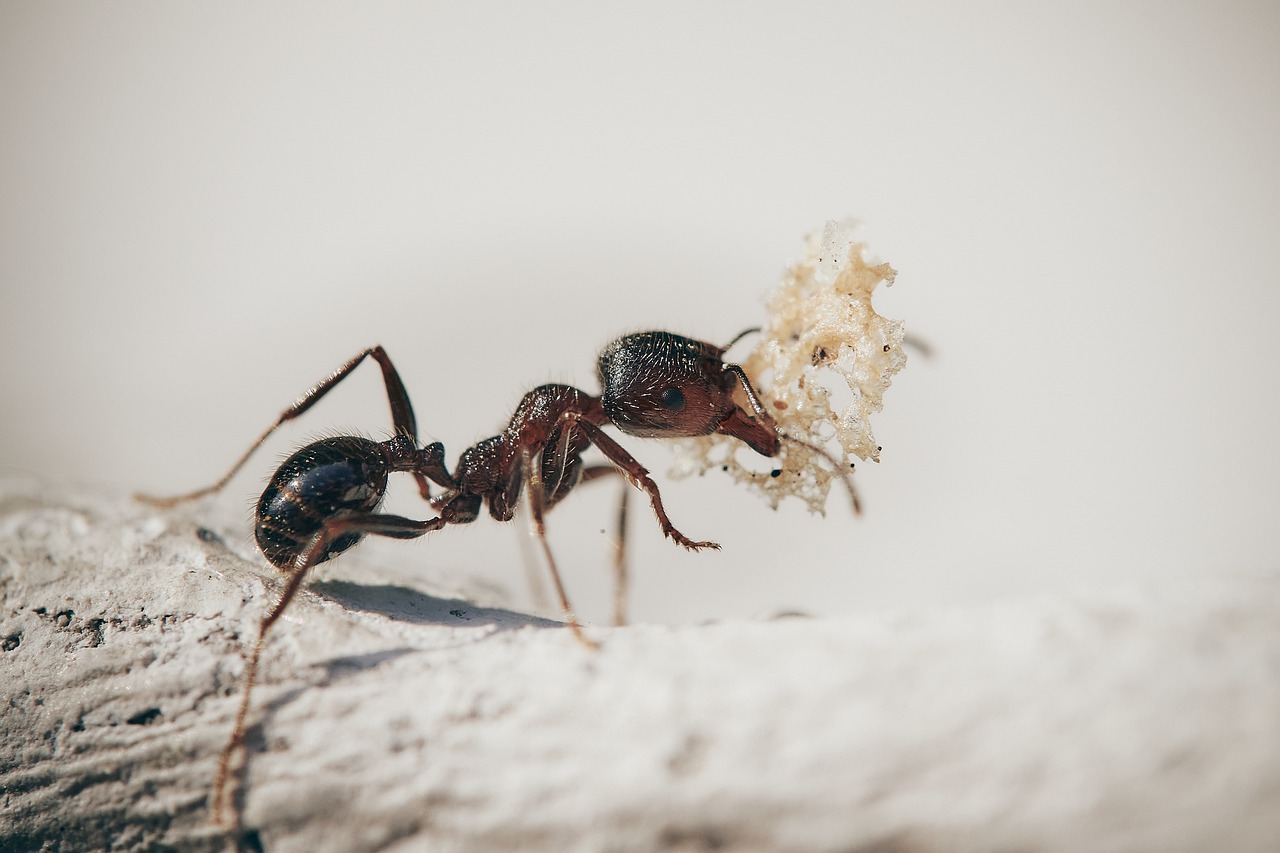
South End Environmental Services
Common Pests
Cockroaches (Latin Name - Blattodea)
German cockroach (Blatella germanica):
Adult cockroach is 12-15mm long and light brown in colour
They prefer wet, humid conditions, associated with infestations kitchens, food storage areas, bathrooms, vehicles, offices
They prefer temperatures of 20–27°C
Adult cockroach is 35-40mm long and reddish brown in colourC
They require warm, humid environments to survive
They can be found in drains, sewers, basements, waste & storage areas
They prefer temperatures of 24–31°C
their size,
ability hide in small places,
varied diet,
rapid reproduction &
diseases they carry
They carry diseases and allergens like Salmonella, Staphylococcus, Listeria, E. Coli
They feed on decaying matter like mould, faecal matter in sewers, rodents and birds, animal carcasses, which can transmit to food production
They defecate along their pathways & expel saliva on surfaces
Their droppings and bodily secretions stain & leave a foul odour that permeate infestation areas
They cast their skin and egg cases which contaminate products & food packaging
Their droppings and shed skins contain allergens, heavy populations trigger asthma attacks
Cockroaches feed on small residues of food spills
Good cleaning eliminates residues, this will deny food supply
Store food in sealed containers: cardboard not to be used for storage
Ensure that drains are in good condition, this will prevent the accumulation of food debris
Remove waste from food production areas
Place garbage in sealed bins
Keep garbage containers away from food storage
Ensure that garage containers are emptied and cleaned daily with a disinfectant
Good building maintenance reduces the risk of cockroach access: seal gaps around pipes, cable ways, vents, screens, windows, doorways, sewers, junction boxes
Ensure regular inspection of equipment and buildings
Inspect all deliveries for infestations
American cockroach (Periplaneta americana):
The environment in which cockroaches thrive are not sterile and clean. They shelter in dark places: cracks, crevices, drains, sewers, inside equipment, furnishings, hidden spaces and humid temperatures. They are primarily nocturnal, sheltering during day time and coming out night for food/shelter.
Cockroaches are problematic because of:
Hazards from cockroaches
Cockroach prevention
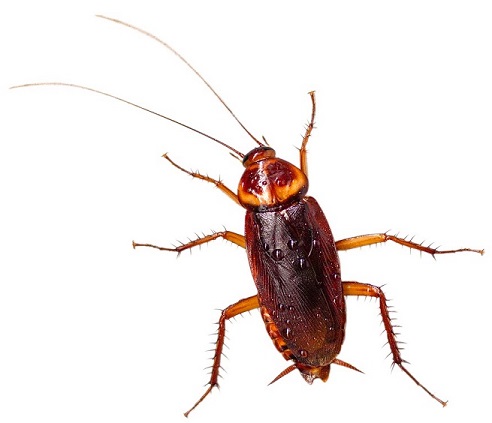
Flies (Latin name – Diptera)
Fruit flies
They are attracted to fermenting sugary liquids
They feed & breed in small amounts in bars, kitchens, restaurants
They are attracted to over-ripe fruit, vegetables
Are attracted to rotting food, sewage & organic waste material
They lay eggs in organic waste build up in drains/ polluted shallow water
They breed in drains, septic tanks, compost
They are resistant to cleaning and some pest-control chemicals
They breed in decomposing waste, like rotting food & animal faeces.
Warm conditions combined with food supplies = multiplies rapidly
They feed on faecal matter, garbage, rotting materials, stored/processed foods
They regularly move between contaminated food sources & clean areas
Flies carry microorganisms cause disease in humans: Salmonella, cholera, coli, Cryptosporidium, parasitic worms
They pick up contaminated materials on bodies, feet and mouth parts
Flies regurgitate digestive juices & defecate while feeding & resting
Adequate food hygiene practices
Food prep areas, floors, walls, equipment cleaned & inspected
Inspect cracks, crevices, hidden spaces where food can accumulate
Supplies are not brought in or stored in rotting state
Garbage disposed of regularly
Garbage containers are cleaned, shut properly
Drains kept free of accumulating organic matter
Screens on windows, vents in kitchen areas, maintain good condition;
Doors are kept shut when not in use;
EFK’S to trap flies hygienically in food /storage areas.
Drain flies
House flies
Risk from flies
To control flies, ensure the following:
Maintaining barriers to flies:
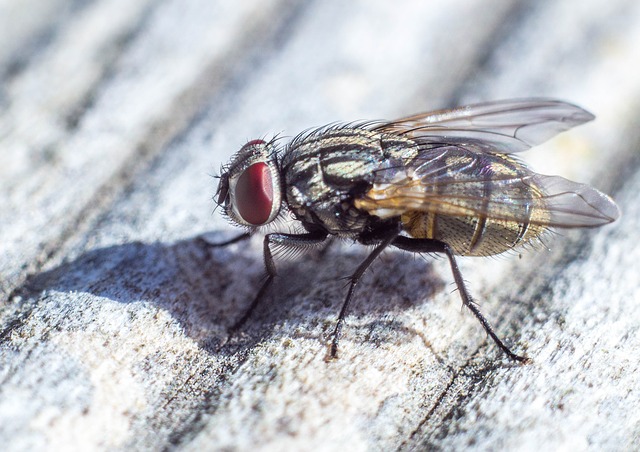
Stored product insects
Stored product pests are pantry pests like beetles, weevils, moths & mites that infest food in storage facilities
Dried food products like cereal, seeds, nuts and flour are susceptible to pest infestation
All stages of pests, egg, larva, pupa and adult are simultaneously present in foods and are likely to infest open products, packaging made of paper, cardboard, plastic, cellophane & foil by chewing through folds and seams.
Insects contaminate large quantities and cause physical damage, with the presence of faeces and cocoons which makes food unfit/unacceptable for human consumption.
Food becomes infested at any point in supply chain and is, likely infested in stores when kept on shelves for long periods.
Damage to stored products, like small holes in nuts or grain;
Live or dead insects, larvae, pupae or silken webbing present on food storge bins, outside of packets or bags.
Food spillages in cracks, crevices and around machinery as well as on shelves.
Discard of food infested with pests and purchase food in quantities appropriate to the amount being used.
Frequent stock rotation as well as stock segregation is critical in ensuring a pest free environment. Conduct regular inspection of expiry dates of products to ensure freshness and discard of old products.
Store open products in air tight containers and ensure all storage facilities are clean, especially the corners.
Signs of stored product pests:
Minimise the risk of infestation:
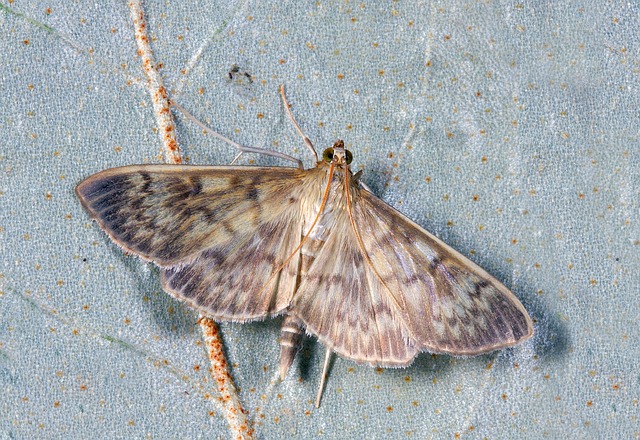
Rodents (Latin Name - Rodentia)
Rodents migrate inside for food, water, warmth and shelter
They are attracted by food supplies
They don’t venture far from shelter, stay close to accessible food
They are capable of rapid increase in population when given abundant food supply
They cause damage to buildings & fixtures
They contaminate along their access routes with urine, droppings & filth
They cause damage to food containers & packaging
They consume food in stores and packages
They transmit diseases like Salmonellosis, Leptospirosis and Lyme disease
Rodents carry ectoparasites, including ticks, fleas, lice & mites
Droppings, different size, shape for each species
Sightings of live or dead animals
Noises: squeak, gnawing & scurrying sounds
Smear marks along runs caused by oily fur
Tracks in dusting powder, indicate their presence
Gnawing building materials, wiring, food & packaging
Hazards from rodents
Signs of rodents
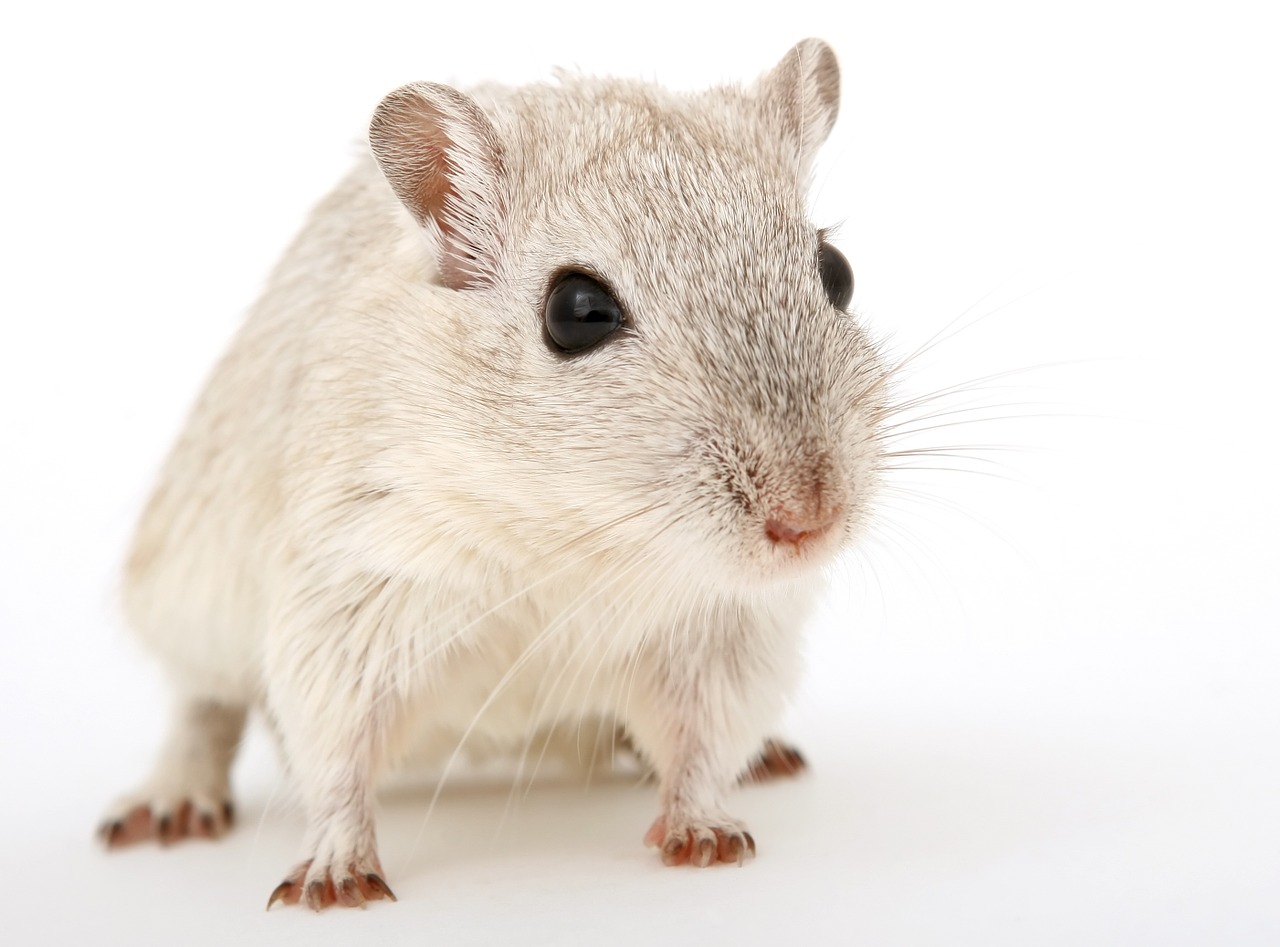
Ants (Latin Name - Family Formicidae)
The common house ant that invades the home are pharaoh ants or carpenter ants. A group of ants is called a colony. One colony may have hundreds to millions of members depending on the specie. Each colony has different ant personalities with different roles and responsibilities. Each colony has a queen that lay eggs. Other members are the “worker ants” that work to get food for the group.
Leaving dirty dishes in the sink,
Food residue on countertops,
Crumbs on the floor
And waste not regularly emptied, provide food sources for meal-seeking ants.
Entry: Ants can enter through even the tiniest cracks, seeking water and sweet or greasy food substances in the kitchen pantry or storeroom areas.
Scent trails: Ants leave an invisible chemical trail which contains pheromones for others to follow once they locate the food source.
Nest locations: They can nest about anywhere in and around your house; in lawns, walls, stumps, even under foundations.
Colony size: Colonies can number up to 300,000 to 500,000, and whole colonies can uproot and relocate quickly when threatened.
Colony Lifetime: A colony can live a relatively long lifetime. Worker ants may live seven years, and the queen may live as long as 15 years.
Causes of ant infestation
Poor sanitation is the primary cause of ant infestations:
What starts with a few foragers entering a home can become a major problem if ants establish colonies in walls, lawns, or under home foundations.
Ant Control
Ant control can be difficult, herewith information ants’ behaviour that can cause huge problems in homes and offices:
